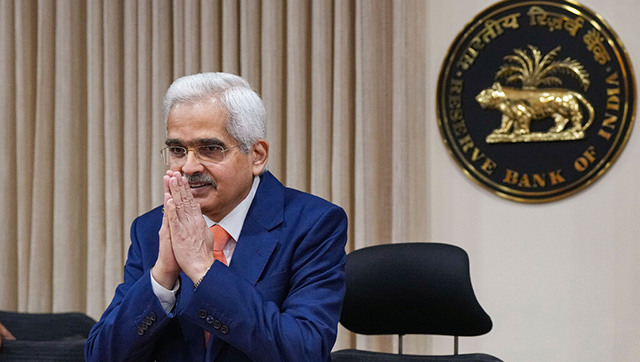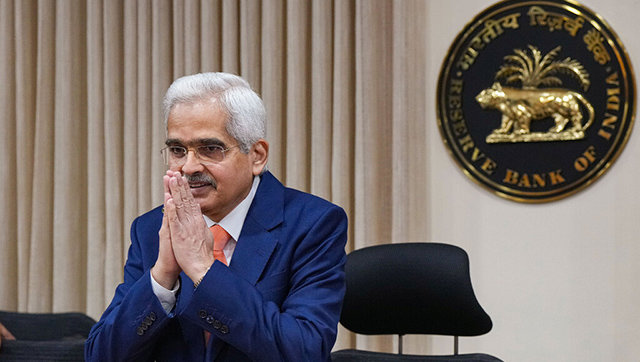Irrespective of the 2008 global credit crisis and the current eurozone sovereign debt crisis, the Indian economy has managed to cruise along because of a healthy financial sector and robust consumption.
Until now.
Now, the banking system is grappling with snowballing issues of asset quality, while concerns over slowing consumption heightened fears about the economy.
It’s not that Indian consumers are unable to buy. As an Enam Securities report recently pointed out, rising inflation and interest rates have crimped Indian consumers’ “propensity to spend rather than the ability to spend.”
The rural consumer, in particular, typically spends majority of his income (generally around 80 percent) on food. With inflation remaining high, spending on discretionary items is bound to witness lower consumption.
While the overall “ability to spend” for most consumers have not been affected as yet, the threats are slowly becoming visible. For instance, the hiring index slipped in October. The festival season usually shows a seasonal dip, but job website naukri.com showed exceptionally low hiring activity in October compared with the past two years. The largest dip in hiring was seen in the automobile, IT, banking, oil and gas, pharma and insurance sectors.
The government is also planning to cut down on spending if the fiscal deficit target goes for a toss, which it most certainly will, given that the fiscal deficit is already 70 percent of what was estimated for the year ending March 2012.
Montek Singh Ahluwalia, in an interview on CNBC TV 18 said the fiscal deficit targets had been set keeping a certain level of expenditure in mind. Given the government’s cash-strapped position, it’s in no position to jumpstart the economy with another round of fiscal stimulus. And if the government decides to cut back expenditure, consumption throughout the economy could be hit even more.
That’s bad news for consumer goods companies, which are facing a double whammy: not only is demand for their products cooling, but the high prices of food grains are also increasing their working capital requirements. That, in turn, is lowering their investments in new products.
Companies have also been forced to cut down on advertising spending by 1-2.5 percentage points over the past 12 months.
That has affected the fate of fresh launches and re-launched products such as Chyawan Junior, Vatika soap and Total Protect shampoo by Dabur; Saffola Zest and variants of parachute oil and gel by Marico; as well as Horlicks Asha and Nutribar by GSK Consumer.
As brokerage Anand Rathi notes, the failure of some launches and limited success of a few new products are likely to result in a smaller growth pipeline for companies.
In survival mode
If companies want to survive through these tough times, they’ll have to refine their strategies to target two distinct segments.
International brokerage CLSA points out that India’s 1.2 billion population, while reflective of the tremendous consumption potential, also contains the challenge of catering to the tastes of 8,000 towns and 6,40,000 villages.
For the urban market, premium products could well be the solution to the concerns about margins. Premium products enjoy higher realisations and better gross margins. Moreover, there is less competition and the impact of a change in raw material prices is smaller.
The classic example of a company benefiting from such premium products is Colgate. Colgate hiked prices by less than 3 percent over the past decade but its average realisations have moved up at a higher rate in the same period. That’s because the focus is on premium products- Colgate Total, Colgate Sensitive and Colgate Gel toothpastes - which have helped drive average realisations higher.
In the case of the rural market, distribution will be the key. While India’s top 20 urban cities are major consumption centres, there is also substantial demand outside these areas. Indeed, even with the growth of hypermarkets, the kirana (mom-and-pop) stores have survived in India, growing by an annual rate of 15-20 percent.
The challenge is to reach these stores with the right value for money products to boost revenue growth for the FMCG players.
So far, fast-moving consumer goods stocks have given goods returns of 12.5 percent over a period when Sensex has fallen 18 percent. But if companies continue to grapple with an ever-growing set of concerns, the good times could well be over.
Watch video:


)




)
)
)
)
)
)
)
)